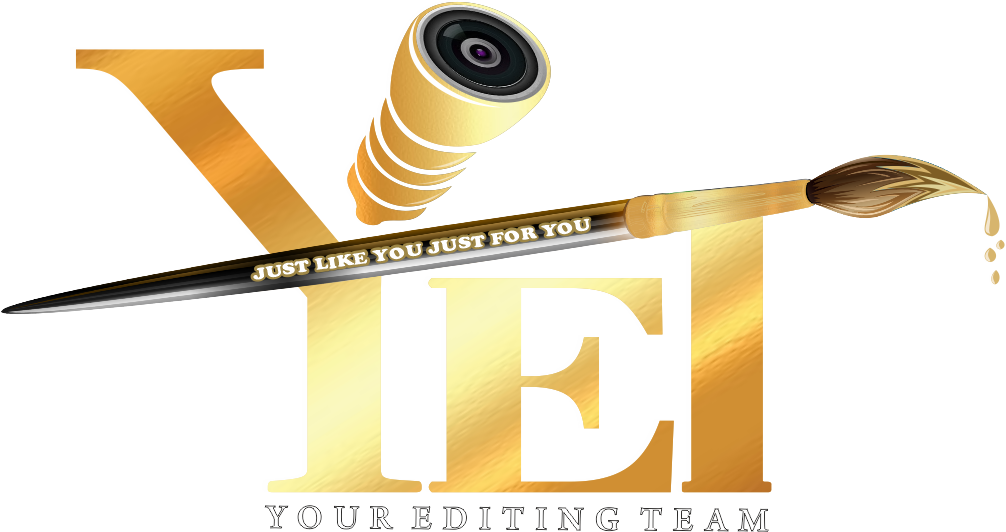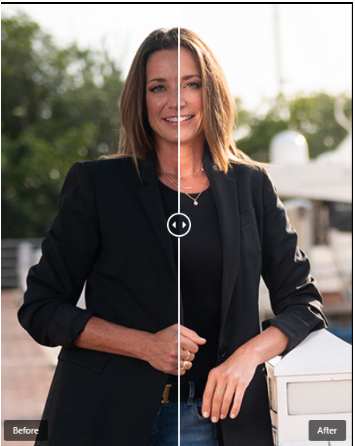[vc_row kd_background_image_position=”vc_row-bg-position-top”][vc_column][vc_column_text]In the world of photography, there is perhaps no genre as popular and timeless as portrait photography. It’s an art form that captures the essence of a person, revealing their personality, emotions, and sometimes even their story in a single frame. Portrait photography styles vary widely, but one common thread is the quest for flawless, captivating portraits. One of the key tools in achieving this perfection is face retouching or beauty retouching.
Understanding Portrait Photography Styles
Portrait photography encompasses a range of styles, from traditional and classic to contemporary and avant-garde. Styles can be categorized based on lighting, composition, and the intended mood of the portrait.
Certainly! There are various types of portraits in the world of photography, and they can be categorized into three primary types: classic portraits, environmental portraits, and candid portraits. Let’s delve into each of these types to gain a better understanding:
1. Classic Portraits:
Classic portraits, also known as studio portraits, are perhaps the most traditional and widely recognized type of portrait photography. These portraits are characterized by several key features:
- Controlled Environment: Classic portraits are typically captured in a controlled studio setting where the photographer has full control over the lighting, background, and other environmental factors. This controlled environment allows for precise adjustments to achieve the desired look.
- Posed Subjects: In classic portraits, subjects are often posed in specific ways to highlight their best features and convey a particular mood or expression. Posing can involve various techniques, such as sitting, standing, or reclining, depending on the desired effect.
- Close-Up Focus: Classic portraits usually emphasize the subject’s face and upper body, with the goal of capturing facial expressions, details, and emotions in great depth. These portraits often showcase the subject’s personality and character.
- Artistic Lighting: Lighting in classic portraits is carefully crafted to create flattering effects on the subject’s face. Techniques like Rembrandt lighting, butterfly lighting, and split lighting are commonly used to sculpt the subject’s features and add depth to the image.
They are a timeless and elegant style of photography, often used for formal occasions, professional headshots, family portraits, and artistic endeavors. They aim to capture the subject’s essence in a controlled and visually appealing manner.
2. Environmental Portraits:
Environmental portraits take a different approach compared to classic portraits. These portraits aim to tell a story about the subject by capturing them in their natural environment or a setting that reflects their personality, interests, or profession. Key characteristics of environmental portraits include:
- Contextual Background: Unlike studio portraits, environmental portraits incorporate the subject’s surroundings as an integral part of the composition. The background provides context and depth to the image, offering insights into the subject’s life or story.
- Natural Poses: Subjects in environmental portraits are often captured in more natural and unposed positions. The goal is to capture authentic moments and expressions as the subject interacts with their environment.
- Storytelling: Environmental portraits are excellent for storytelling, as they allow viewers to connect with the subject on a deeper level. These portraits can convey a sense of place, purpose, or narrative, making them engaging and emotionally resonant.
- Variety of Locations: Environmental portraits can be taken in a wide range of locations, from outdoor settings like parks and streets to indoor spaces like workplaces, homes, or studios. The choice of location depends on the subject and the story being told.
They are often used in editorial photography, feature articles, and documentary projects. They offer a more personal and contextual perspective on the subject, making them suitable for capturing the essence of individuals in their element.
3. Candid Portraits:
Candid portraits, also known as candid photography, take a spontaneous and unscripted approach to capturing moments and emotions. Key characteristics of candid portraits include:
- Unposed Moments: Candid portraits are all about capturing genuine, unposed moments as they happen. Subjects may not be aware that they are being photographed, resulting in authentic and often raw emotions.
- Documentary Style: Candid portraits often have a documentary or photojournalistic quality. They aim to capture real-life events, interactions, and emotions, making them powerful tools for storytelling.
- Minimal Interference: Photographers taking candid portraits try to minimize their interference in the scene. They observe and capture events as they unfold, without directing or staging the subjects.
- Emotion and Authenticity: Candid portraits excel at capturing real emotions, expressions, and reactions. They offer a window into the subject’s true self and the atmosphere of the moment.
They are commonly used in street photography, photojournalism, event photography, and documentary projects. They offer a candid and unfiltered view of the world, making them a compelling and impactful style of photography.
Portrait vs. Candid Photography
Portrait and candid photography are two distinct approaches to capturing images:
Portrait Photography
Portrait photography involves carefully composed and often posed shots of the subject. The goal is to create a flattering and artistic representation of the subject, paying close attention to lighting, framing, and background.
Candid Photography
Candid photography, on the other hand, is unscripted and captures spontaneous moments. The photographer observes and documents events as they unfold, resulting in authentic and genuine images.
What is Commercial Portrait Photography?
Commercial portrait photography is commissioned by businesses or brands to showcase products or services while highlighting the human element. These portraits are used in marketing and advertising.
What is Editorial Portrait Photography?
Editorial portrait photography is often seen in magazines, newspapers, and online publications. These portraits tell a story or convey a message, making them more editorial in nature.
Editorial vs. Commercial Photos
While both types may involve portrait subjects, editorial photography focuses on storytelling, while commercial photography centers around promoting products or services.
In this blog post, we will delve into the world of portrait photography, explore the various styles, and understand how fashion retouch can elevate your portrait shoots to the next level.
The Role of Face Retouching in Portrait Photography
Now, let’s dive into the heart of our discussion—how face retouching or beauty retouching services can enhance portrait photography.
Face retouch is a post-processing technique used to improve the appearance of a subject’s face in a portrait. It involves various adjustments, corrections, and enhancements to achieve a polished and flawless look.
Top 7 Portrait Editing Checklist
- Advanced Color Correction: Adjust and balance colors to achieve a harmonious and pleasing overall tone.
- Removal of Blemishes, Scars, etc.: Eliminate distracting imperfections while preserving the subject’s natural texture.
- Skin Enhancements: Enhance skin texture, smoothness, and luminosity without overdoing it.
- Face Retouching: Focus on the subject’s facial features, refining details like eyes, lips, and skin tone.
- Removal of Shadows and Distractions: Clean up the background, eliminate distracting elements, and ensure even lighting on the subject’s face.
- Sculpting the Body and Skin Areas: Make subtle adjustments to body contours and skin areas for a more flattering appearance.
- High-End Retouch Work: Employ advanced retouching techniques for a polished and professional finish, taking into account the unique characteristics of each portrait.
Online face editing is a valuable tool that allows photographers to bring out the best in their subjects while maintaining a natural and authentic look. It’s about enhancing, not completely altering, the subject’s appearance. When done skillfully, it can elevate the overall quality and impact of portrait photography, making the subject feel confident and beautiful.
To wrap it up, portrait photography is a diverse and captivating genre with a wide range of styles and purposes. Whether you’re capturing timeless family portraits, artistic editorial shots, or dynamic commercial images, portrait retouch can play a crucial role in ensuring your subjects look their best. By following the top 7 portrait editing checklist, photographers can create stunning portraits that stand the test of time and leave a lasting impression on viewers.
As a token of our appreciation for your interest, we have an exclusive offer for you. For a limited time, you can get your first order on portrait photo editing absolutely FREE! Simply use the coupon code: TRYYET during checkout, and watch your portraits come to life with expert retouching.
Don’t miss out on this opportunity to experience the magic of professional photo editing. Whether you’re a seasoned photographer looking to streamline your workflow or a budding enthusiast eager to transform your images, this offer is for you.[/vc_column_text][/vc_column][/vc_row]




